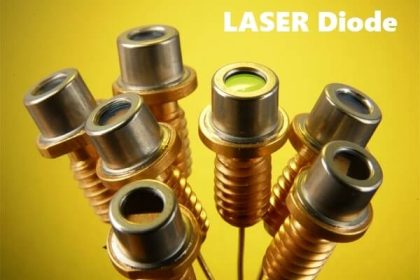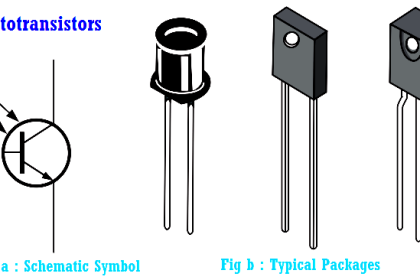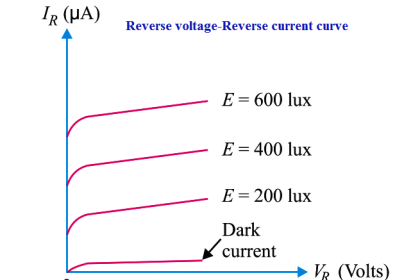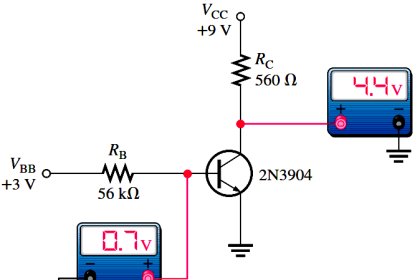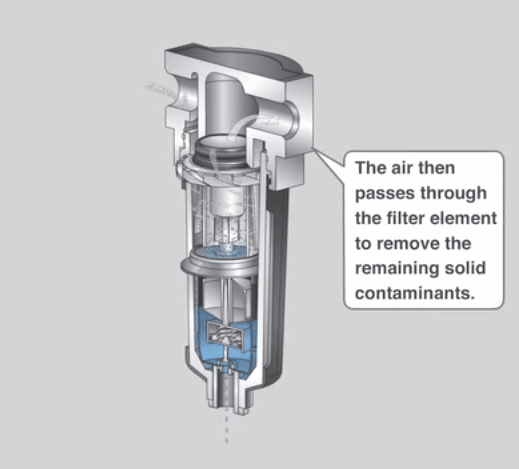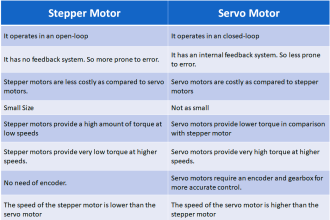The collector current in a transistor changes rapidly when (i) the temperature changes,
(ii) the transistor is replaced by another of the same type. This is due to the inherent variations of transistor parameters. When the temperature changes or the transistor is replaced, the operating point (i.e. zero signal IC and VCE) also changes. However, for faithful amplification, it is essential that operating point remains fixed. This necessitates to make the operating point independent of these variations. This is known as stabilisation.
The process of making operating point independent of temperature changes or variations in transistor parameters is known as stabilisation.
Once stabilisation is done, the zero signal IC and VCE become independent of temperature variations or replacement of transistor i.e. the operating point is fixed. A good biasing circuit always ensures the stabilisation of operating point.
Need for stabilisation. Stabilisation of the operating point is necessary due to the following reasons :
(i) Temperature dependence of IC
(ii) Individual variations
(iii) Thermal runaway
(i) Temperature dependence of IC.
The collector current IC for CE circuit is given by:
IC = β.IB + ICEO = β. IB + ( β + 1) ICBO
The collector leakage current ICBO is greatly influenced (especially in germanium transistor) by tem-perature changes. A rise of 10°C doubles the collector leakage current which may be as high as 0.2 mA for low powered germanium transistors. As biasing conditions in such transistors are generally so set that zero signal IC = 1mA, therefore, the change in IC due to temperature variations cannot be tolerated. This necessitates to stabilise the operating point i.e. to hold IC constant inspite of temperature variations.
(ii) Individual variations.
The value of β and VBE are not exactly the same for any two transistors even of the same type. Further, VBE itself decreases when temperature increases. When a transistor is replaced by another of the same type, these variations change the operating point. This necessitates to stabilise the operating point i.e. to hold IC constant irrespective of individual variations in transistor parameters.
(iii) Thermal runaway.
The collector current for a CE configuration is given by :
IC = β.IB + ( β+ 1) ICBO
The collector leakage current ICBO is strongly dependent on temperature. The flow of collector current produces heat within the transistor. This raises the transistor temperature and if no stabilisation is done, the collector leakage current ICBO also increases. It is clear from exp. (i) that if ICBO increases, the collector current IC increases by ( β+ 1) ICBO. The increased IC will raise the temperature of the transistor, which in turn will cause ICBO to increase. This effect is cumulative and in a matter of seconds, the collector current may become very large, causing the transistor to burn out.
The self-destruction of an unstabilised transistor is known as thermal runaway.
In order to avoid thermal runaway and consequent destruction of transistor, it is very essential that operating point is stabilised i.e. IC is kept constant. In practice, this is done by causing IB to decrease automatically with temperature increase by circuit modification. Then decrease in βIB will compensate for the increase in ( β+ 1) ICBO, keeping IC nearly constant. In fact, this is what is always aimed at while building and designing a biasing circuit.
